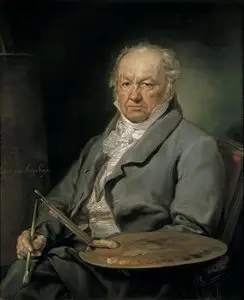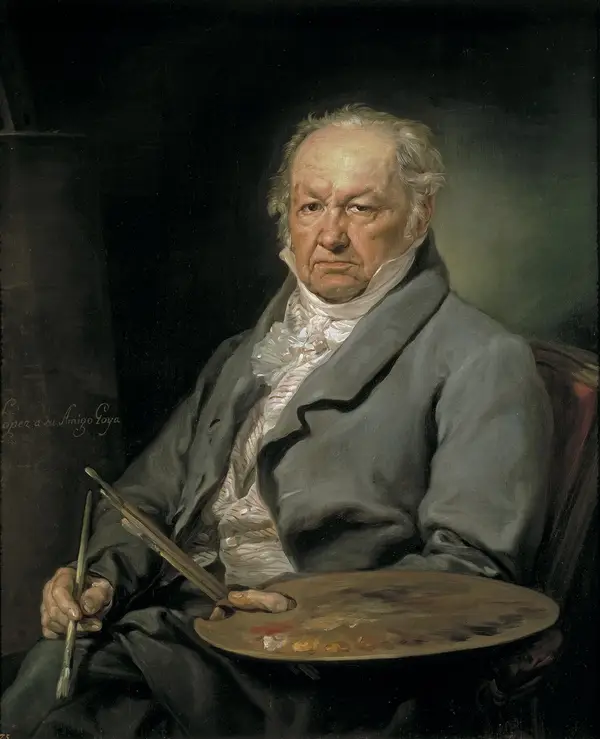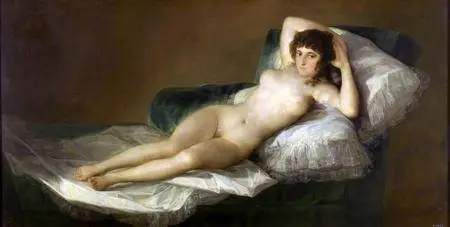The Art of Francisco de Goya
584 jpg | up to 4985*6658 | 1.51 GB
584 jpg | up to 4985*6658 | 1.51 GB
Francisco José de Goya y Lucientes (30 March 1746 – 16 April 1828) was a Spanish romantic painter and printmaker regarded both as the last of the Old Masters and the first of the moderns. Goya was court painter to the Spanish Crown; throughout the Peninsular War he remained in Madrid, where he painted the portrait of Joseph Bonaparte, pretender to the Spanish throne, and documented the war in the masterpiece of studied ambiguity known as the Desastres de la Guerra. Through his works he was both a commentator on and chronicler of his era. The subversive imaginative element in his art, as well as his bold handling of paint, provided a model for the work of artists of later generations, notably Manet, Picasso and Frаncis Bаcon.
The Nude Maja (Spanish: La Maja Desnuda) is a name given to a c. 1797-1800 oil on canvas painting by the Spanish artist Francisco Goya. It portrays a nude woman reclining on a bed of pillows, and was probably commissioned by Manuel de Godoy, to hang in his private collection in a separate cabinet reserved for nude paintings. Goya created a pendant of the same woman identically posed, but clothed, known today as La maja vestida (The Clothed Maja); also in the Prado, it is usually hung next to La maja desnuda. The subject is identified as a maja based on her costume in La maja vestida.
The painting is renowned for the straightforward and unashamed gaze of the model towards the viewer. It has also been cited as among the earliest Western artwork to depict a nude woman's pubic hair without obvious negative connotations (such as in images of prostitutes). With this work Goya not only upset the ecclesiastical authorities, but also titillated the public and extended the artistic horizon of the day. It has been in the Museo del Prado in Madrid since 1901.
No mirrors please, send me a PM if any link is broken
Please visit my blog on AvaxHome!
Find more artists on AvaxHome!
Please visit my blog on AvaxHome!
Find more artists on AvaxHome!





